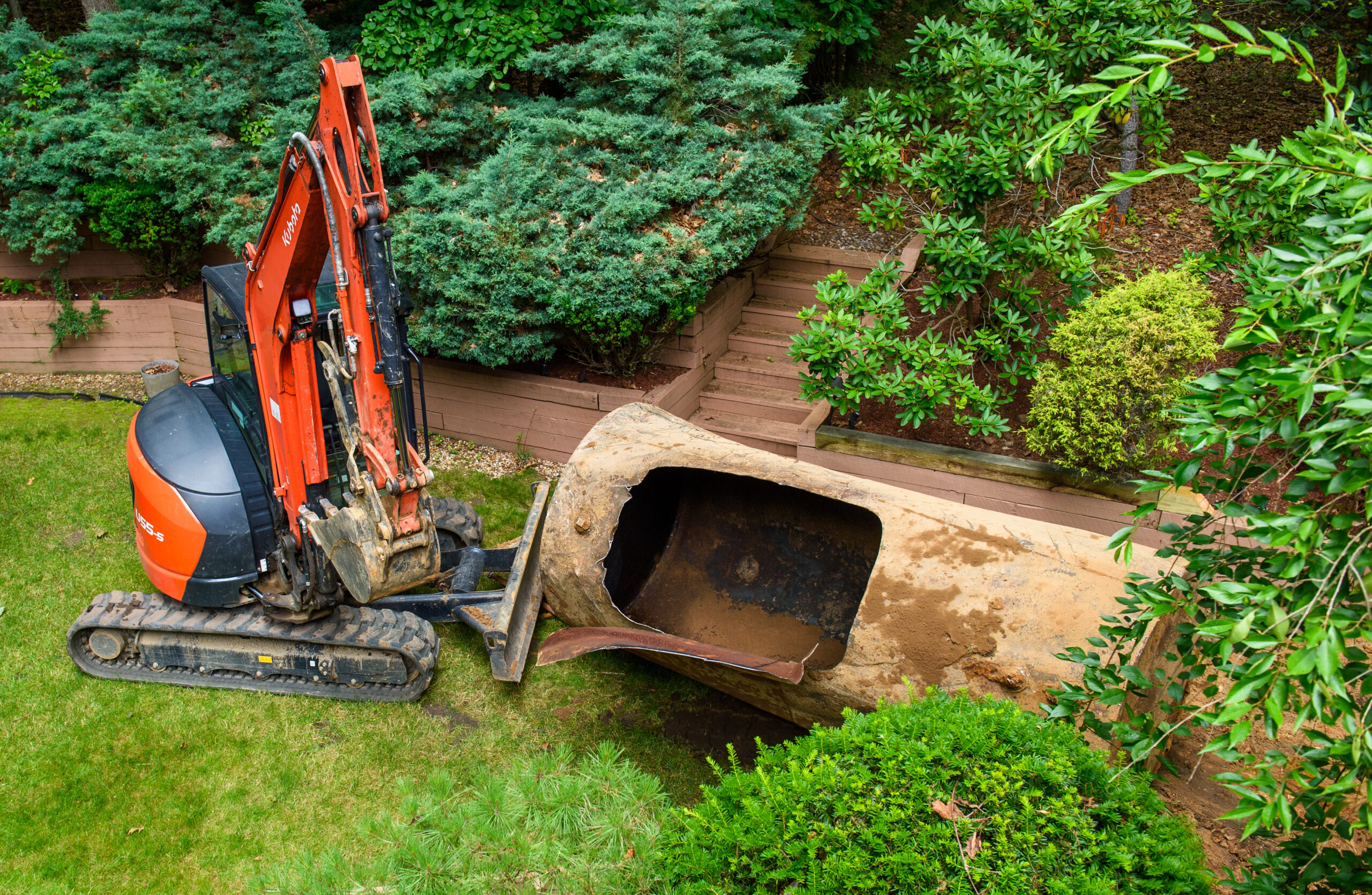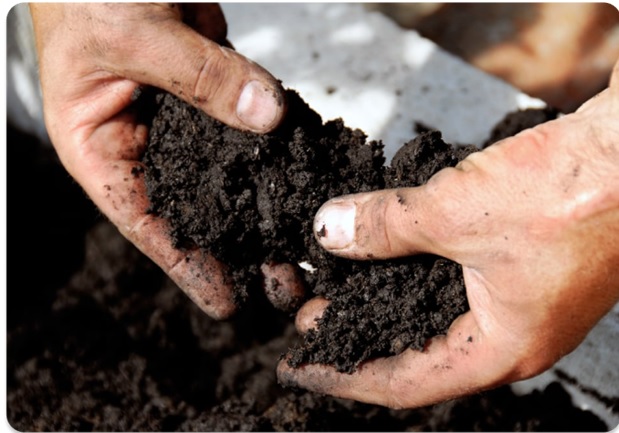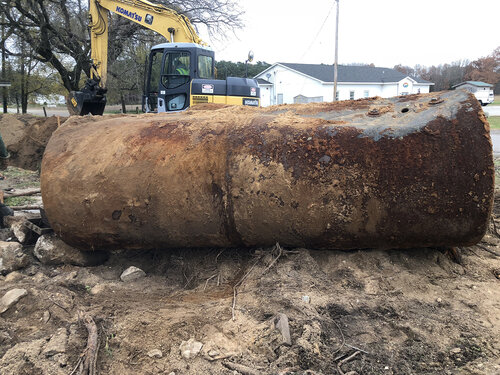If you’re a homeowner with an underground oil tank, you might be wondering whether it’s time to consider oil tank removal. While it might seem like a daunting task, there are compelling reasons to take this step. Here are the top five reasons why you should seriously consider oil tank removal, and why hiring a professional oil tank removal company for oil tank services is essential.
Environmental Concerns: One of the primary reasons to consider oil tank removal is the potential environmental impact. Over time, underground oil tanks can deteriorate, leading to leaks that contaminate the soil and groundwater. This contamination poses a significant risk to the environment and can result in long-term damage. By opting for oil tank removal, you contribute to safeguarding the environment and protecting your property from the consequences of oil leaks.
Property Value Enhancement: Homes with underground oil tanks may face challenges in the real estate market. Many potential buyers are wary of properties with aging oil tanks, fearing potential environmental hazards and costly cleanup. By proactively removing the oil tank, you enhance your property’s value and appeal to a broader range of buyers. This can streamline the selling process and ensure you get the best return on your investment.
Compliance with Regulations: Environmental regulations regarding underground oil tanks are becoming more stringent. Local authorities may require homeowners to adhere to specific guidelines, including regular inspections and maintenance. By opting for oil tank removal, you ensure compliance with these regulations, avoiding potential fines and legal complications. A professional oil tank removal company can navigate the regulatory landscape and ensure that the removal process meets all necessary standards.
Prevention of Health Hazards: Leaking oil tanks not only pose a threat to the environment but can also lead to health hazards for you and your family. Oil vapors and fumes can enter your home, causing respiratory issues and other health problems. Additionally, exposure to contaminated soil can have long-term health consequences. Removing the oil tank eliminates these risks, creating a safer living environment for you and your loved ones.
Cost Savings in the Long Run: While the initial cost of oil tank removal may seem like a significant investment, it is a proactive measure that can save you money in the long run. Dealing with a leaking tank and the resulting environmental cleanup can be an expensive endeavor. By removing the oil tank before it becomes a problem, you avoid the potential financial burden of addressing contamination issues and property damage.
In conclusion, considering oil tank removal is a prudent decision for homeowners with underground oil tanks. It not only protects the environment, enhances property value, and ensures regulatory compliance but also prevents health hazards and offers long-term cost savings. When undertaking this crucial task, engaging the services of a professional oil tank removal company is essential to ensure a seamless and compliant process.









